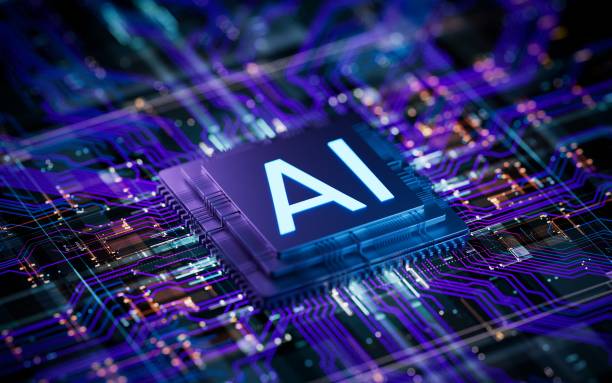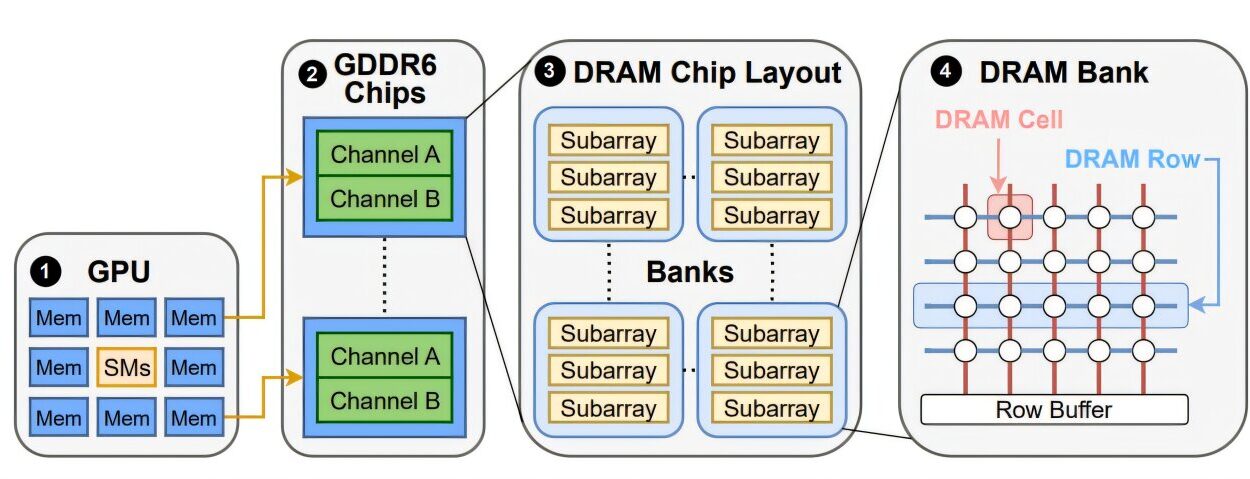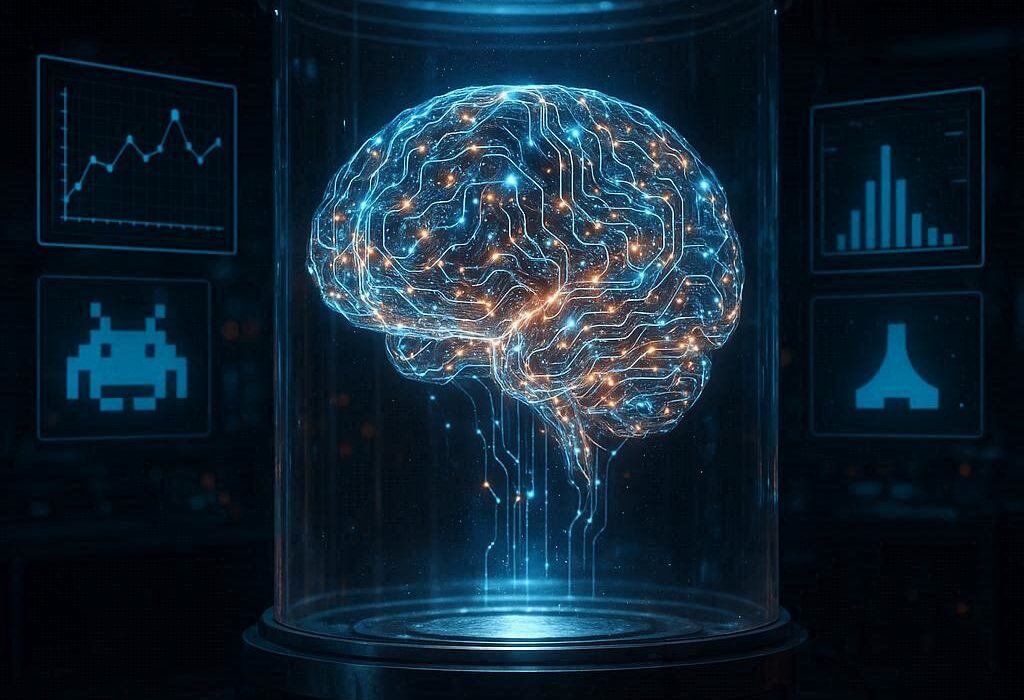In recent years, Artificial Intelligence (AI) has seamlessly integrated into various sectors of human life, including healthcare, finance, and entertainment. However, one of the most significant, yet often overlooked, impacts of AI is in the field of education. The potential of AI to revolutionize how we learn, teach, and assess is profound. From personalized learning experiences to the automation of administrative tasks, AI promises to not only improve the quality of education but also make it more accessible and equitable.
This article explores how AI is transforming education, shaping the future of learning, and the challenges and opportunities it presents for students, teachers, and educational institutions.
The Evolution of Education: From Traditional Classrooms to AI-Enhanced Learning
Historically, education has always been a manual process. Teachers were responsible for delivering lessons, assessing student progress, and managing classroom environments. However, the rise of digital technology paved the way for online learning platforms, digital classrooms, and massive open online courses (MOOCs), all of which made learning more accessible. But the next leap, the integration of AI, promises to take these advances to an entirely new level.
The shift from traditional to AI-powered education isn’t just about digital tools. It’s about creating a learning environment that is more responsive, adaptive, and efficient. The classroom of the future, powered by AI, will be one where students receive personalized learning experiences, teachers become more facilitators than lecturers, and administrative tasks are handled by smart systems.
Personalized Learning: Tailoring Education to Individual Needs
One of the most exciting aspects of AI in education is its ability to deliver personalized learning experiences. Every student has a unique learning style, pace, and set of strengths and weaknesses. Traditional education systems often struggle to meet these individual needs due to class size, limited resources, and the one-size-fits-all approach. AI has the potential to change that.
With AI-driven learning platforms, students can work through material at their own pace. For example, platforms like Coursera, Khan Academy, and Duolingo use AI to analyze a student’s progress and offer tailored content, quizzes, and exercises. By tracking performance data in real-time, AI can provide feedback and adapt lessons to suit the learner’s level of understanding. For struggling students, it can offer more foundational materials, while for advanced learners, it can provide more challenging tasks.
Additionally, AI can detect patterns in students’ learning behavior, helping identify areas where they may be struggling or excelling. This allows for a deeper understanding of each student’s learning journey and can guide interventions before issues become more significant.
AI as a Teaching Assistant: Supporting Educators
While AI is often seen as a tool for students, its impact on teachers is equally transformative. Teachers are often overwhelmed by administrative tasks such as grading, lesson planning, and tracking student progress. AI can ease this burden by automating many of these tasks, freeing up valuable time for teachers to focus on student engagement and instruction.
For example, AI tools can grade assignments, exams, and quizzes in a fraction of the time it would take a human educator. This is especially valuable for large classes where individual grading might take days or even weeks. Furthermore, AI can assist teachers in lesson planning by analyzing vast amounts of educational content and suggesting resources that are most aligned with student learning needs.
Beyond automation, AI-powered virtual assistants can provide teachers with valuable insights into their students’ progress and areas for improvement. By analyzing student data, AI tools can help educators better understand how to adjust their teaching methods to meet the diverse needs of their classroom.
Bridging the Gap: AI for Inclusive and Accessible Learning
AI has the potential to make education more inclusive, providing opportunities for students who may have otherwise been left behind due to language barriers, disabilities, or socio-economic challenges. AI-powered tools are increasingly being developed to support students with learning disabilities such as dyslexia, ADHD, and autism. For example, speech-to-text technologies, like those integrated into platforms such as Google Classroom and Microsoft Word, help students who struggle with writing or reading.
Furthermore, AI tools are improving accessibility for students who are visually or hearing impaired. Text-to-speech, real-time translation, and sign language recognition technologies can break down barriers for students who face challenges in traditional educational environments. AI-enabled personalized learning apps can also adjust content delivery based on the student’s specific learning preferences and needs.
In terms of language learning, AI-powered translation tools are making cross-language communication easier than ever before. Platforms like Google Translate and AI chatbots can help students and teachers overcome language barriers in real time, making education more global and connected.
AI in Assessment and Feedback: More Than Just Grades
Traditional assessments like exams and essays have always been the primary method for evaluating students’ progress. However, these methods often fail to capture the full scope of a student’s capabilities and learning journey. AI is introducing new, more dynamic ways to assess and provide feedback.
AI-driven systems can offer continuous, real-time assessment, providing students with instant feedback on their performance. These systems can also evaluate soft skills such as problem-solving, creativity, and collaboration, which traditional assessments often overlook. For example, AI tools can track how students interact with peers in group projects, analyzing their communication and teamwork abilities.
Moreover, AI can help teachers give more personalized feedback. Rather than simply providing a score, AI can generate detailed reports that highlight areas where the student excels and areas that need improvement. This kind of data-driven feedback can guide both teachers and students in making adjustments to learning strategies and goals.
The Role of Data in Shaping Education
AI’s ability to analyze vast amounts of data is one of its greatest strengths. In the context of education, this means AI can provide insights not only on individual student performance but also on trends and patterns within entire schools or educational systems. By analyzing data, AI can identify areas where students are consistently struggling, helping educators adapt their teaching methods or curriculum.
For instance, if a particular topic is proving difficult for a significant portion of the class, AI can alert teachers to the need for a different teaching approach or additional resources. Schools can also use data-driven insights to make administrative decisions, such as adjusting class schedules, allocating resources, and designing more effective curricula.
Moreover, AI can help educational institutions track student outcomes over time, providing a comprehensive picture of how students are progressing and whether interventions are successful.
The Challenges and Ethical Considerations of AI in Education
Despite the immense potential of AI, its implementation in education comes with its own set of challenges and ethical considerations. One of the primary concerns is data privacy. AI systems rely on collecting large amounts of data to function effectively, raising concerns about the security and ethical use of student data. Educational institutions must ensure that data is handled responsibly, with strict protocols in place to protect students’ privacy.
Another challenge is the digital divide. While AI has the potential to make education more accessible, its benefits may be limited for students in underserved areas who lack access to technology or the internet. Addressing this gap is crucial to ensuring that AI in education does not exacerbate existing inequalities.
Furthermore, there are concerns about the potential for AI to replace human teachers. While AI can assist with administrative tasks and provide personalized learning experiences, human educators bring empathy, creativity, and critical thinking to the classroom—qualities that AI cannot replicate. The key is to use AI as a tool to enhance, not replace, human teaching.
The Future of AI in Education: What Lies Ahead?
Looking ahead, AI’s role in education will continue to expand and evolve. As technology advances, we can expect AI to become even more integrated into learning platforms, making education more interactive, immersive, and personalized. Virtual and augmented reality (VR/AR) powered by AI could provide students with fully immersive learning experiences, from exploring historical sites to conducting complex scientific experiments.
AI could also lead to the development of “smart schools” where every aspect of the educational experience is personalized and optimized for each student. From curriculum to classroom environment, AI could tailor every element to suit the needs and preferences of the individual, making learning more engaging and effective.
Moreover, the continued integration of AI could lead to new types of careers and educational paths. As automation becomes more prevalent, students will need to develop skills in areas such as AI programming, data science, and robotics, which will require a shift in how educational systems prepare students for the future workforce.
Conclusion: Embracing the AI-Powered Classroom
In conclusion, AI is undoubtedly shaping the future of education. Its ability to personalize learning, support teachers, improve accessibility, and provide data-driven insights makes it a powerful tool in the modern classroom. While there are challenges to overcome, including issues related to data privacy and digital equity, the potential benefits of AI in education are immense.
As AI continues to evolve, it promises to create a more inclusive, engaging, and efficient education system that prepares students for the future in ways we never thought possible. By embracing AI, educational institutions can ensure that they are not just keeping up with the times, but leading the way in shaping the future of learning.






